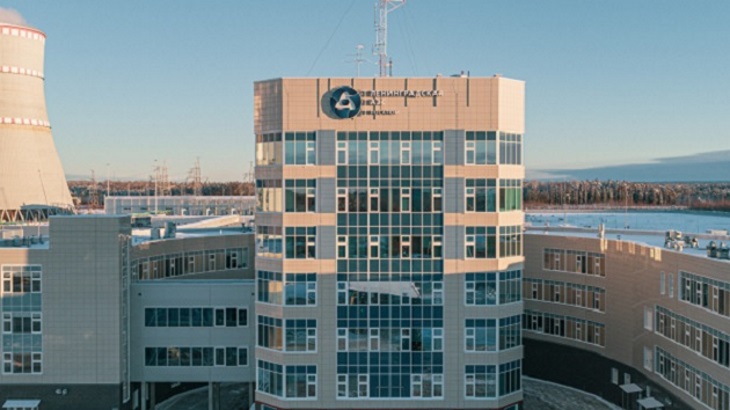Rosatom Director General Alexsey Likhachov said today's event was significant, not only for Russia but for the entire global nuclear community, noting that VVER-1200 projects are also under way in Belarus, Finland, Hungary and Egypt.
"It's very important for our international partners to be able to see all stages of construction, from project development to industrial operation," he said.
Leningrad II-2, also known as Leningrad unit 6, replaces Leningrad unit 2, which is an RBMK-1000 reactor that ended its 45 years of service last year.
The Leningrad nuclear power plant provides more than 55% of the electricity demand of Saint Petersburg and the Leningrad region, or 30% of all the electricity in Northwest Russia. Even with the decommissioning of unit 2, the plant continues to be the biggest nuclear power plant in Russia and the largest power plant of any fuel in Northwest Russia, Rosatom said.
Vladimir Pereguda, director of the Leningrad nuclear power plant, said: "We're confident that the new unit has a safe and secure future. Hundreds of tests were carried out during the experimental and industrial operation phase that clearly showed the power unit is ready to work in full compliance with the project in order to continue to provide electricity to the dynamic Northwest region."
On 10 March, following the completion of pre-commissioning tests, regulator Rostechnadzor confirmed the readiness of the unit for commissioning.
Leningrad unit 1 was shut down for decommissioning on 21 December 2018. Leningrad II unit 1 was connected to the grid on 9 March 2018, becoming the second VVER-1200 reactor to start up, following the launch in 2016 of Novovoronezh unit 6. Leningrad-2, which was shut down permanently on 10 November 2020.







_53514_33880.jpg)






